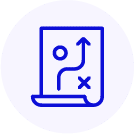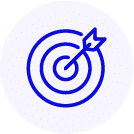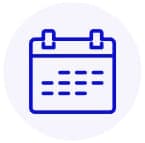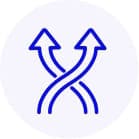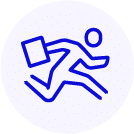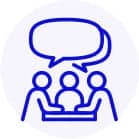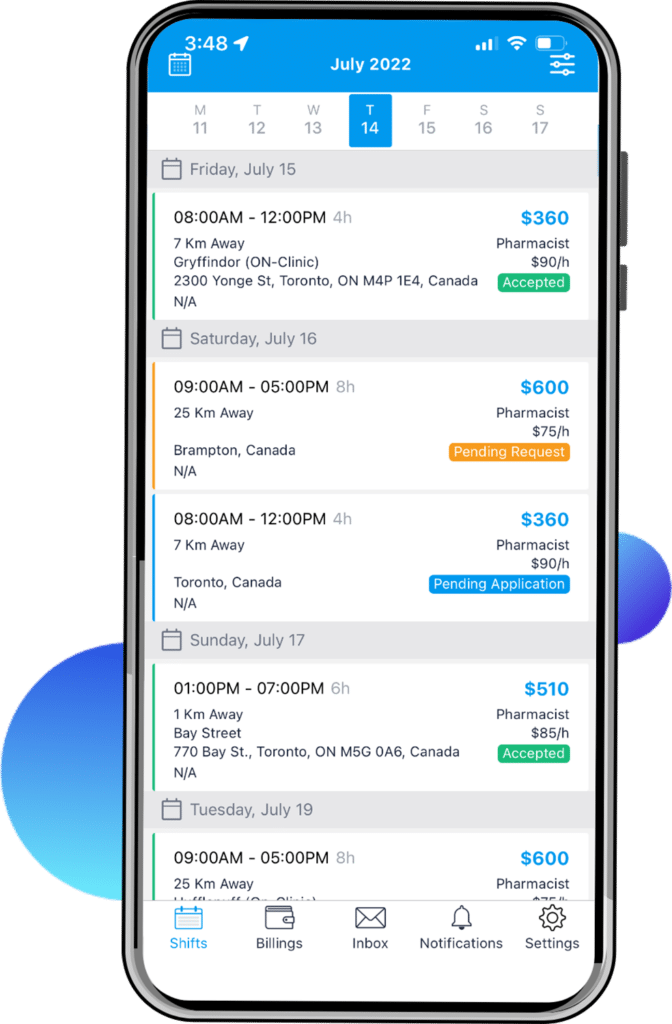Have you ever wondered, “What do pharmacy managers do?” Well, ShiftPosts is here to tell you! This is a rewarding job option for pharmacists to aim for throughout their careers and is an excellent role for those with exceptional leadership and management skills.
Learn more about a pharmacy manager’s duties, what sets them apart from a pharmacist, and if this could be a good career fit for you.
What Is a Pharmacy Manager?
A pharmacy manager is a licensed pharmacist who oversees daily pharmacy operations. They oversee several tasks, including compliance, staffing, and inventory, to ensure the pharmacy can operate smoothly and efficiently.

Pharmacy Manager Responsibilities
A pharmacy manager has several responsibilities and duties when overseeing the staff and facility.
Ensure the Pharmacy Meets Regulations
Pharmacies are held to strict regulations and laws regarding pharmaceutical practices, and it’s one of the pharmacy manager’s responsibilities to ensure those standards are met. This role includes maintaining accurate records, ensuring everyone handles controlled substances correctly, and keeping customer information confidential.
Train and Hire Pharmacists
Another of a pharmacy manager’s duties is hiring and training new pharmacists and pharmacy technicians. Pharmacy managers take on this responsibility to ensure new employees are thoroughly onboarded and properly trained on the pharmacy’s procedures and protocols.
Manage Scheduling and Inventory
Pharmacy managers must ensure the pharmacy is adequately staffed and inventory levels are maintained so customers can get the help and medications they need.
Consult With Doctors and Customers
If there are questions about medication dosages or additional drug information, it is one of the pharmacy manager’s responsibilities to speak with medical providers to make sure all the details are correct. Additionally, pharmacy managers must interact with customers and handle any escalated issues that may arise.
Administer Immunizations
Pharmacy managers and pharmacists are both allowed to administer immunizations. However, it is the pharmacy manager’s duty to ensure all pharmacists are current on immunization guidelines, documentation, and reporting.
Pharmacist vs. Pharmacy Managers
So, what does a pharmacy manager do compared to a regular pharmacist? In general, they both handle similar tasks regarding dispensing medications, counseling customers, and ensuring medication safety. However, pharmacy managers take care of the administrative and managerial responsibilities mentioned above. In some cases, a pharmacist can fulfill both roles if needed.

How to Become a Pharmacy Manager
If you are a pharmacist looking to become a pharmacy manager, you’ll need a combination of education, experience, and skills.
Skills Required for a Pharmacy Manager
As a pharmacy manager, you’ll need several skills, including:
- Patience
- Communication
- Leadership
- Time management
- Pharmaceutical knowledge
- Inventory management
- Attention to detail
- Customer service
- Collaboration
- Management
Certifications Recommended for a Pharmacy Manager
It may be helpful to have certain certifications if you want to advance your career and be a more appealing candidate during your job search. These certifications are typically not pharmacy manager requirements but can make you a more competitive applicant.
- Certified Pharmacy Technician (CPhT)
- Basic Life Support for Healthcare and Public Safety (BLS)
- Board Certified Medication Therapy Management Specialists (BCMTMS)
- Board Certified Pharmacotherapy Specialist (BCPS)
- Certified Geriatric Pharmacist (CGP)
Average Salary for a Pharmacy Manager
In the United States, a pharmacy manager’s annual average base salary is $134,983. In Canada, the average salary is $127,246. Note that pharmacy manager salaries vary based on location, experience, and the specific employer.

Hiring Tools for Pharmacy Managers
Since one of the primary pharmacy manager responsibilities is hiring, here are some helpful places to find pharmacy staff.
Relief Shifts With ShiftPosts
The easiest and fastest way to find qualified, experienced pharmacy staff is through ShiftPosts — the convenient pharmacy staffing app. Get matched with high-quality pharmacy professionals in minutes without the hassle of calling around, vetting prospects, and negotiating pay. Whether you’re looking for a relief pharmacist for a single shift or longer-term coverage in the pharmacy, it’s all taken care of in the app, leaving time for more critical work.
Free Job Listing Sites
Free job listing websites like Indeed or LinkedIn are another option. Here, candidates submit their resumes for an open position, and the pharmacy manager must sift through each applicant to find a good fit. From there, they must set up interviews and narrow the options until they can hire someone. This option is convenient for accessing a wide range of applicants, but it’s time-consuming and not ideal for covering last-minute shifts.
Social Media
Another option for finding pharmacy staff is through social media, where you can share that you’re looking for help through your online profiles. These profiles are also a great way to showcase pharmacy culture, other job opportunities, and community involvement, which can attract potential hires to the pharmacy. Again, this option is best suited for those who have time to go through the entire hiring process themselves instead of pharmacy managers looking for immediate coverage.
Looking for Pharmacy Job Experience?
Here are a few tips if you’re looking for more job experience to help you become a pharmacy manager.
Find Shifts With ShiftPosts
When you sign up for ShiftPosts, you can get matched with available jobs in no time. You can work in different pharmacies, at various locations, and in diverse roles, building your experience and skills on your path to a pharmacy manager role. With ShiftPosts, you have more control over your pharmacy career and gain the flexibility to work where and when you want. And the best part? You can handle everything right in the app instead of jumping from site to site or making numerous phone calls.
Join the ShiftPosts AppBuilding Up Your Resume
The shifts you work through ShiftPosts will go a long way toward helping you build up your resume, meaning each workday is another opportunity to grow your knowledge and skills. You can also earn certifications, like those mentioned above, to help you stand out from other candidates when applying for ShiftPosts shifts or long-term employment.
ShiftPosts Makes Pharmacy Work Easier
While a pharmacy manager has many responsibilities, the position is a rewarding career in the pharmacy industry. With the right skills, certifications, education, and experience, it can be easy for a pharmacist to find a job in this role. ShiftPosts is an excellent tool for both pharmacy managers looking for hires and pharmacy professionals looking for work.
Whether you’re a pharmacist looking for relief work to build your experience or a pharmacy owner needing shift coverage, ShiftPosts is the answer. Contact our team or join the app to experience the ShiftPosts difference.






